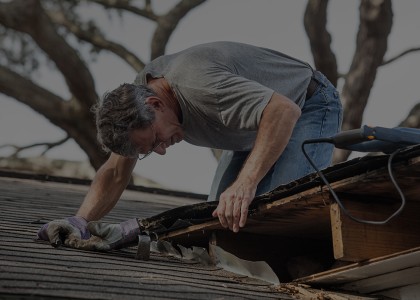Packaged refrigeration systems include reach-in refrigerators and freezers,ice-makers, refrigerated vending machines, beverage merchandisers, and walk-in refrigerators and freezers. Packaged refrigeration equipment accounts for about two-thirds of commercial refrigeration electricity use. Most efforts to date to reduce energy used for refrigeration have focused on supermarket refrigeration systems, leaving packaged systems as a major untapped opportunity.
In particular, reach-in refrigerators and freezers and ice-makers are ripe for efficiency programs, as there is now an ENERGY STAR® program or reach-ins and Federal Energy Management Program (FEMP) recommendations for ice-makers, and the Consortium for Energy Efficiency (CEE) has just finalized tier 1 and tier 2 specifications for both types of equipment. Work to develop specifications to identify efficient vending machines and beverage merchandisers is also proceeding, and these specifications should be ready for efficiency programs by 2004 or perhaps even mid-2003. Moreover, one type of vending machine control, the Vending Miser(TM), has been shown in many tests to be a cost-effective way to reduce vending machine energy use and should be considered for use in energy efficiency programs today.
We recommend that energy efficiency program operators begin a program in 2003 to promote reach-ins and ice-makers meeting the CEE tier 1 and tier 2 specifications. We provide specific program recommendations at the end of this report. We also advise that program operators promote the Vending Miser control for vending machines in 2003. In addition, we propose that program implementers support efforts to (1) develop ENERGY STAR and CEE specifications for vending machines and beverage merchandisers (so that this equipment can be promoted in 2004) and (2) enact minimum-efficiency standards on reachins and ice-makers at the national and state levels in order to complete the market transformation process. (California and other states as well as the U.S. Department of Energy [DOE] are now working on such standards.)




